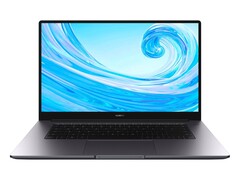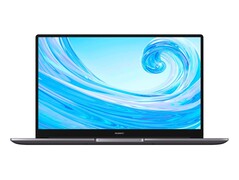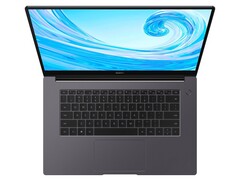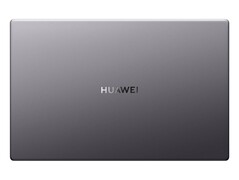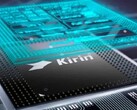When choosing a notebook, the CPU performance plays an important role. However, these days it is not easy to tell whether this or that CPU will provide a boost in performance just by looking at the processor number. Generic benchmarks allow users to make only a superficial determination, but the true level of performance under sustained load can only be revealed during an extended stress test.
In our Cinebench R15 stress test, the CPU has to run the multi-core Cinebench benchmark 50 times in a continuous loop. In most cases, the performance drops by 20 percent or more after the first or the second benchmark run. It often happens that users with the next-lower CPU variant get a higher level of performance than users with a more powerful chip. This happens because manufacturers use the same cooling solution with both chips, and more powerful processor usually produce more heat and therefore have to throttle down harder in order to keep within the operating temperature range.
When the Ryzen CPUs from AMD first came out, manufacturers were often just putting them in existing notebooks, without making any adjustments to the cooling system. Fortunately, this situation has changed and now we are starting to see AMD-based laptops with well-optimized cooling solutions. However, the problem of throttling is far from being solved, because manufacturers still put too many different CPUs in one and the same base model.
Huawei has taken advantage of the fact that the current MateBook D 15 comes with few CPU options. This has allowed Huawei to tailor the cooling system to the AMD Ryzen 5 3500U. As a result, the AMD processor is able to maintain its full performance under continuous load. On the flip side, this leads to an increase in power consumption, but at the end of the day buyers pay for a certain CPU because they expect a certain level of performance. In our view, throttling down a CPU to lower its energy consumption is counterproductive. The Huawei notebook offers a good battery runtime anyway.
Source(s)
Learn more in our review of the Huawei MateBook D 15


